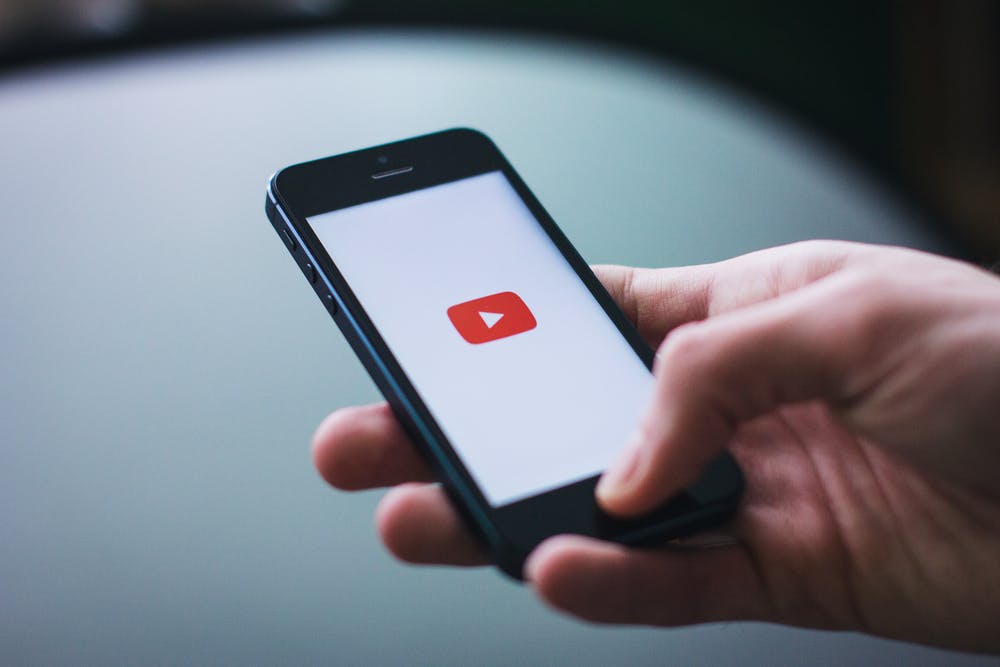YouTube may have started as a novel idea, but it’s become an Internet backbone. Second in traffic only to its parent, Google, YouTube remains the go-to search engine to find all things video. And that includes businesses.
What does that mean for you as a startup or small company? Your presence on YouTube matters. In fact, it matters quite a bit from a marketing and sales perspective. According to the site’s own statistics, viewers collectively watch more than a billion video hours daily. These are people hungry for information about a variety of topics, including those related to your products, services, and industry.
To sate the appetite of watchers and seekers on YouTube, you’ll need more than a business-focused channel. You’ll also need a plan to attract eyes and potentially become a top performer in your niche. Fortunately, getting an initial promotional bump shouldn’t take more than a few months if you follow these strategies.
1. Stay brand-true.
When first-time visitors land on your YouTube channel and videos, they deserve a taste of your brand. Be sure that everything from your thumbnail logo to your Canva-created banner to your graphics are brand-consistent. Delivering an unmistakable brand concept from the get-go helps you appeal to your target audience. It also differentiates you in whatever categories you belong.
2. Budget for YouTube advertising.
It’s tempting to reduce costs by trying to beef up your views and subscribers organically, particularly if you’re bootstrapping a corporate venture. Nonetheless, don’t discount the value and ROI of YouTube ads. As AdOutreach’s Aleric Heck notes, you’re best served putting your budget towards the advertising itself as opposed to fancy equipment. He recommends simplifying your ad videography and putting your dollars into highly targeted YouTube ad campaigns. You’ll get a lift and make your budget stretch much further by investing in what can produce real results.
3. Develop a welcoming intro trailer.
Never miss an opportunity to make an impression on your viewers, right down to the intro trailer on your brand channel. The best trailers are short and sweet. They’re meant to educate the viewer on your company, giving a 30,000-foot viewpoint. Save the nitty-gritty stuff for your video content. Users only need a palate-pleasing taste of what you do from your trailer, not the full-fledged buffet.
4. Brainstorm simplified content based on customer FAQs.
You know the biggest questions your customers ask. “How does this work?” “Can I do this at home?” “Is this a good fit for my family’s needs?” Use those FAQs as springboards to create content for your initial videos. Don’t worry whether or not the topic seems too basic. A straightforward 30-second “how to” video shot with your smartphone could drive far more interest than a clever, but unnecessarily convoluted, commercial.
5. Lay out a content management calendar.
Ideally, you’ll want to populate your YouTube channel with as much video content as possible. But the reality is that you might find it hard to film some weeks. To ensure your videos drop on a regular basis, construct a content calendar. Then, shoot numerous videos ahead of time. For instance, you could take a Wednesday afternoon, film 10 videos, and call it a day. They’ll be ready for you to use (after a round of editing, of course.)
6. Remember all that SEO 101 stuff.
Guess what? SEO isn’t just for your website. It’s also vital to getting visitors to your YouTube channel. Tag your videos, use keyword-rich descriptions, enable transcriptions, and take advantage of any opportunities to construct unique content. Double check the way you name your videos, too. Each video needs to be keyword specific so bots and humans know how to categorize it.
7. Make your voice heard.
If you allow viewers to comment on your videos, set aside time every few days to respond to their feedback. This type of monitoring isn’t just good manners. It’s also a way to communicate with users. Even if someone writes a negative comment, answer it with compassion, humor, or—at the very least—professionalism.
8. Remind viewers to become subscribers.
How many times have you enjoyed a YouTube video only to click out without subscribing to the channel? It happens frequently. Yet it doesn’t have to be inevitable. Instead of allowing users to just go on their merry way, remind them to subscribe with a YouTube card or other effective device. Asking for them to support your channel will boost subscription rates, which will in turn increase your brand authority.
9. Leverage the power of playlists.
As you begin to amass plenty of videos, you’ll want to organize them into groups. Those groups are essentially playlists that viewers can use to navigate your channel. It’s not uncommon for viewers to watch every video in a playlist devoted to a special topic. Over time, you may want to rearrange your playlists to stay up with trends.
10. Link to your videos obsessively.
Want viewership to skyrocket? Here are two words to keep in mind: embed and spread. Embed videos on relevant pages throughout your website, such as within a blog post or on a product page. You may also want to embed your latest YouTube content in a MailChimp email as part of a messaging blast. In addition, plan to spread the word on all your social channels whenever you release another video.
Now’s not the time to get camera shy or think you need to go to filmmaking school to own a piece of the YouTube pie. Any small business can build a brand presence fast on YouTube. The sooner you hit “record,” the sooner you’ll reap the rewards.

